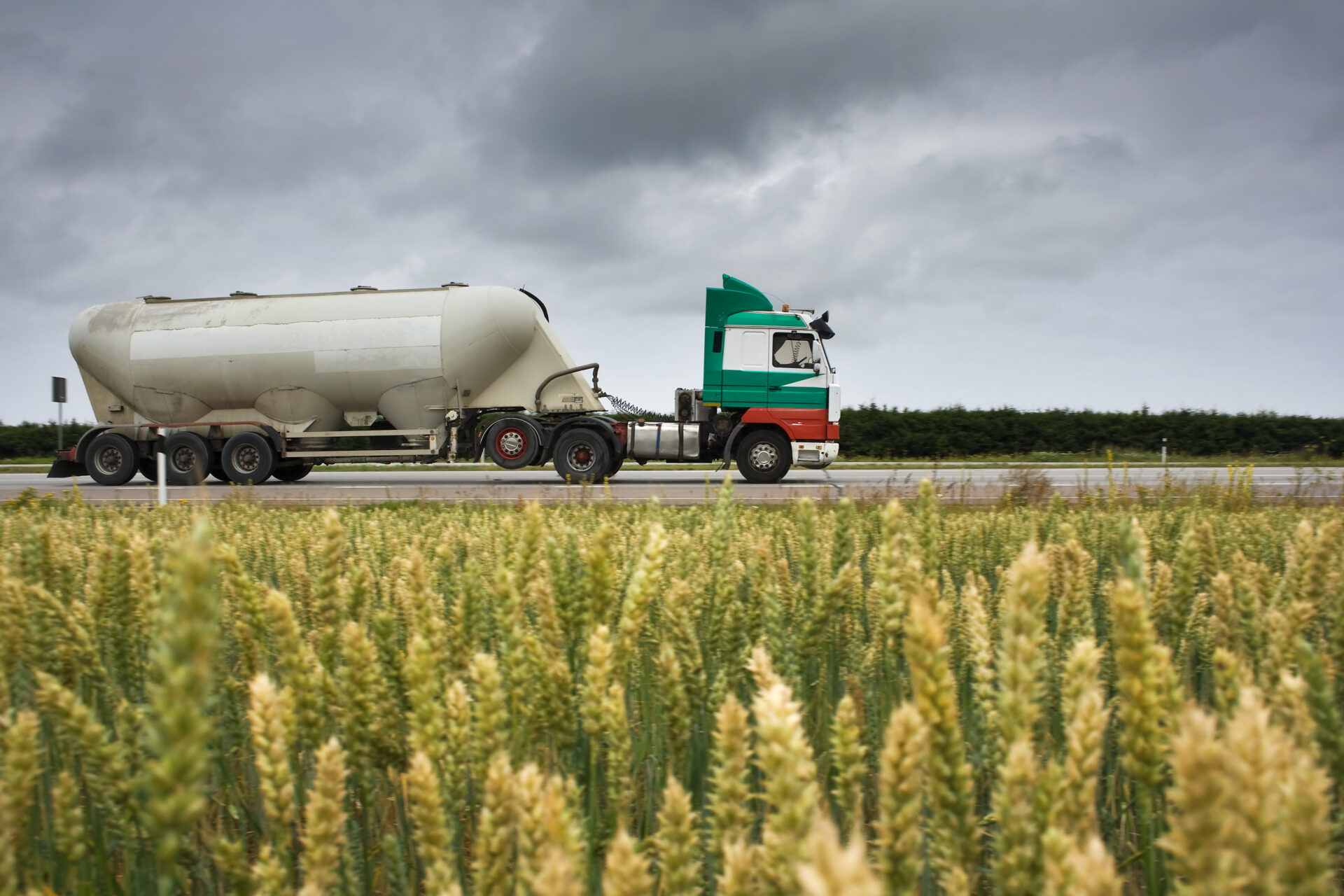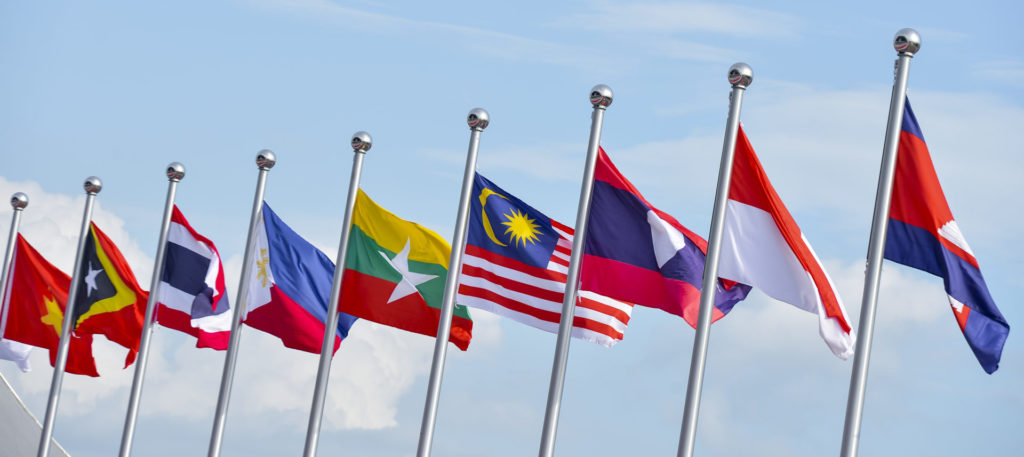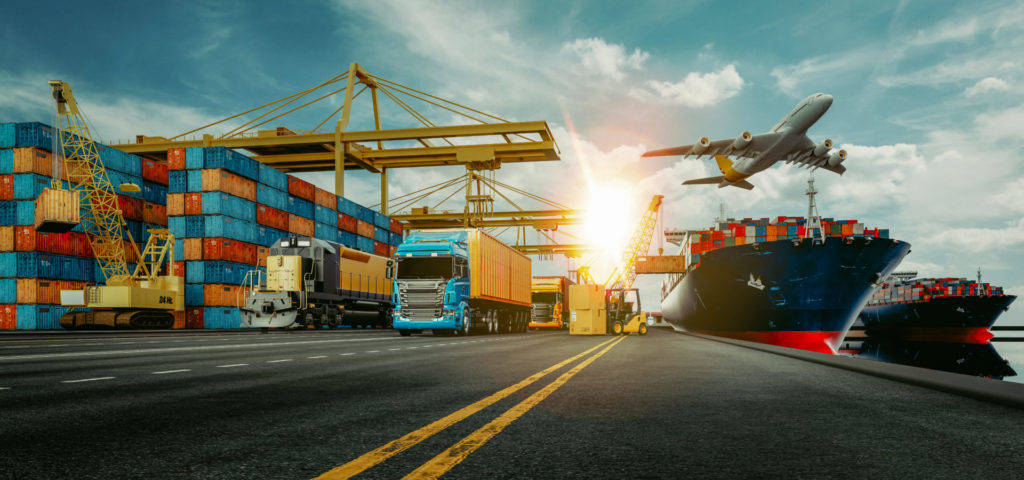The pandemic has had a massive global impact on commodity prices in general, with South-East Asian countries experiencing heavy fluctuations that continue to burden many businesses with heavy losses.
As another COVID wave approaches, commodity traders and other businesses in South-East Asia must pay close attention to the key trends that are causing such fluctuations, and consider them carefully in light of each new development. Insights in these areas allow for optimal strategy development moving forward, opening the door to recovery and growth.
This holistic approach to commodity trading becomes doubly important as global and national health organisations determine the appropriate response to the COVID-19 Omicron variant. With new information about Omicron coming in each day, and policy decisions to follow shortly thereafter, an adaptive approach to commodities will be needed.
Effective adaptation, however, depends on clear and accurate analysis. As such, we highlight four important commodities that have undergone major fluctuations in the global and South-East Asian commodity markets, and what to look out for in 2022.
Liquefied natural gas (LNG)
LNG spot prices in Asia fluctuated heavily during the fourth quarter of this year. From a record high of $56 per metric million British thermal units (mmBtu) under the Japan-Korea Marker in early October, the price subsequently dropped to $35 per mmBtu as of November 25. Nevertheless, even the $35 per mmBtu price represents a 1,600 percent increase from June 2020.
This price volatility has forced many global commodity trading companies to face margin calls, while South-East Asian countries remain concerned with the growing supply tightness of LNG, as they make preparations for the year ahead. For instance, Singapore, which generates 95 percent of its electricity from imported natural gas and LNG, is considering increasing its LNG inventory to counter the supply squeeze. Similarly, Vietnam has pledged to start importing LNG in 2022 as part of their plan to boost sustainable energy resources.
Oil
Much like LNG, the global oil trading market has been met with volatility. The recent discovery of the Omicron variant caused global oil prices to plunge by over 10% – the biggest one-day dip since April 2020. However, this recent dip in price seems to be overshadowed by the continuing labour shortages that limit the supply of oil in South-East Asian countries.
Thailand’s private sector, for instance, is already registering widespread concern in anticipation of high oil prices over the coming months. These estimates, though calculated prior to the discovery of the Omicron strain, reflect market fundamentals such as the increased demand for fuel over the winter months.
Moreover, if prices remain at a high level (or increase even further), other areas of the economy could experience knock-on effects. Oil traders and other businesses will therefore need to exercise caution during this potentially volatile period, with the understanding that market behaviour may deviate from previous projections.
Agriculture
The United Nations Food and Agriculture Organization tracked a 3% rise in global food prices in October alone, pushing the market up to its highest level in just over a decade.
As with oil, agriculture has struggled with restrictions brought about by the pandemic, leading to slower production, supply limitations, and a variety of related bottlenecks. The resulting increase in agricultural commodity prices continues to affect South-East Asia, with workforce shortages expected to continue into next year. The agriculture supply chain, especially with regard to logistics and production, will likely experience an extended period of disruptions alongside cost increases.
Even though a complete return to normal is unlikely in 2022, improved vaccination rates and an easing of restrictions may open the door to lower prices in the medium term. Nevertheless, with the new Omicron variant on the loose and manufacturers scrambling to adapt, agriculture commodity traders should keep a close eye on developments in the coming months.
Carbon credits
As the world begins to get serious about climate change and decarbonisation, carbon credits are likely to receive renewed attention. Thailand and Vietnam used the recent COP26 global climate summit to formally commit themselves to achieving net-zero emissions within the next few decades. For its part, Singapore seeks to join economic powerhouses in Asia and Europe by using a dedicated carbon credit exchange in an effort to go green.
Specifically, with Climate Impact X (CIX) – a Singapore-based global carbon credit trading marketplace – set to launch soon, buyers and suppliers will have greater opportunities than ever before to trade large volumes of credits. As companies around the world are under immense pressure to limit their environmental footprint, they will be eager to purchase carbon credits to make up for the emissions they can’t eliminate.
Sustainability will only continue to gain prominence throughout the coming decade. The soon-to-launch CIX aims to create an interconnected carbon credit marketplace using digital technologies such as satellite monitoring, blockchain, artificial intelligence, and machine learning, to bring about a transparent environment for carbon credit commodity trading.
Thus, CIX should help solve the problems of thin liquidity and credits of questionable quality that come with fragmented carbon credit markets. Multinational corporations and institutional investors alike can anticipate carbon credit to be a trending commodity heading into 2022.
Commodity trading in 2022 and beyond
The unprecedented COVID-19 crisis has led to record high prices for commodities such as agriculture and LNG. As the South-East Asia region feels the pinch, many traders have suffered losses as a result.
But there is a way forward. Although bottlenecks, supply shortages, and nationwide lockdowns are outside of your control, taking advantage of what you can control – such as analysing fluid variables alongside market fundamentals to formulate the right strategy – can position your business towards success.
Volatility need not be a straitjacket. With the right kind of expert support on commodity trading, your business can take advantage of this volatile market, opening up new opportunities for years to come. With offices in South-East Asia, Connexus brings regional expertise to commodity trading, logistics recruitment, and other business areas, making our team an ideal guide for the road ahead. Contact us today to get started.










